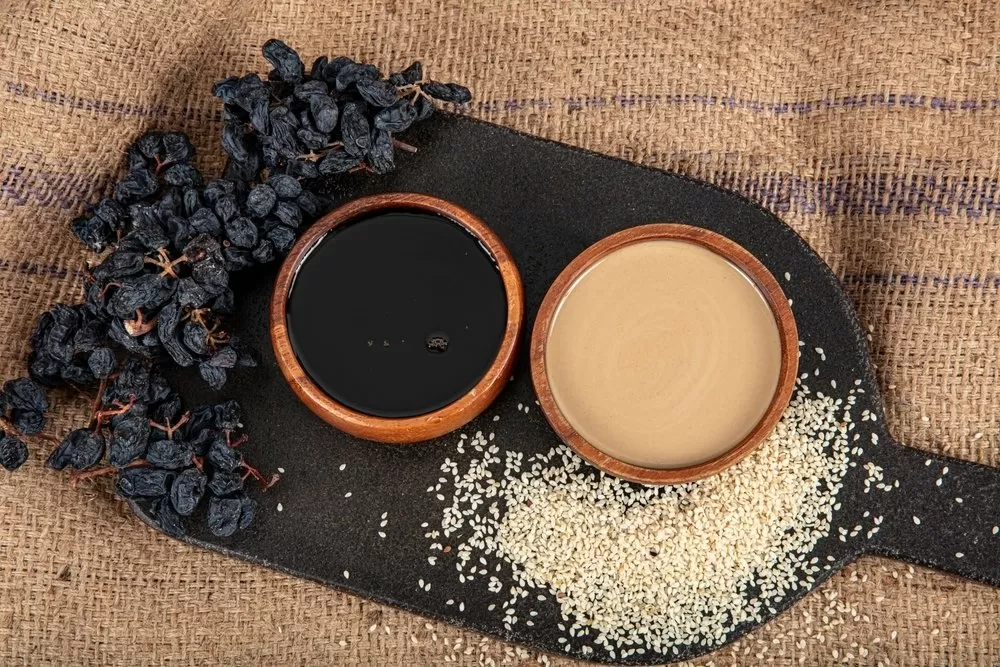As the leaves change color and the temperature drops, winter settles over Türkiye, bringing with it a sense of coziness and warmth. And as the season changes, so too does the nation’s culinary traditions. Turkish cuisine, known for its rich and diverse flavors, rises to meet the demands of winter, offering a delicious and comforting experience for all.
Turkish cuisine is a fusion of Central Asian, Middle Eastern, Mediterranean, and Balkan influences, resulting in a diverse and unique blend of flavors and dishes. And as the cold weather sets in, these flavors are enhanced and elevated to a whole new level. From hearty stews to warm and comforting desserts, Turkish cuisine has something for everyone to enjoy during the winter season.
One of the most beloved winter dishes in Türkiye is the hearty and filling mercimek çorbası, or lentil soup. Made with red lentils, vegetables, and spices, this soup is the perfect way to warm up on a cold winter day. It is often served with a squeeze of lemon and a side of crusty bread, making it a complete and satisfying meal.
Another popular winter dish is the mouthwatering etli yaprak sarması, or stuffed grape leaves with meat. This dish consists of rice, ground beef, and spices wrapped in grape leaves and cooked in a savory tomato sauce. The combination of flavors and textures in this dish is truly a delight for the taste buds and is guaranteed to warm you up from the inside out.
For those with a sweet tooth, Turkish cuisine has plenty of options to satisfy your cravings during the winter season. One of the most beloved winter desserts is the güllaç, a delicate and delicious dessert made with layers of thin pastry sheets soaked in milk and rose water, then topped with nuts and pomegranate seeds. This dessert is not only delicious but also has a beautiful presentation, making it a staple at winter gatherings and celebrations.
Another popular dessert during the winter season is the revani, a sponge cake made with semolina and soaked in a sweet syrup. This dessert is often topped with crushed pistachios and served with a dollop of kaymak, a type of clotted cream, making it a decadent and indulgent treat.
In addition to these traditional dishes, winter in Türkiye also means the arrival of seasonal fruits and vegetables. Citrus fruits, such as oranges and mandarins, are at their peak during this time and are often used in desserts and savory dishes alike. And winter vegetables like cauliflower, brussels sprouts, and root vegetables are incorporated into stews and casseroles, providing a hearty and nutritious meal.
But it’s not just the flavors of Turkish cuisine that make it perfect for the winter season. The functionality of the dishes also plays a significant role. During the colder months, it is essential to consume warm and nourishing foods to keep the body healthy and strong. Turkish cuisine offers a perfect balance of nutrients and flavors, making it the ideal choice for the winter season.
Moreover, the communal aspect of Turkish cuisine adds to the warmth and coziness of the season. Sharing a meal with loved ones is a cherished tradition in Türkiye, and during the winter, this tradition is even more special. Gathering around a table filled with delicious dishes, sharing stories and laughter, and enjoying the warmth of each other’s company is what makes Turkish cuisine truly unique and special.
In conclusion, as winter settles over Türkiye, the nation’s culinary traditions rise to meet the season’s demands. From hearty stews and comforting desserts to seasonal fruits and vegetables, Turkish cuisine has something for everyone to enjoy during this time. So, gather your loved ones, and let the flavors and functionality of Turkish cuisine warm your heart and soul this winter season.








